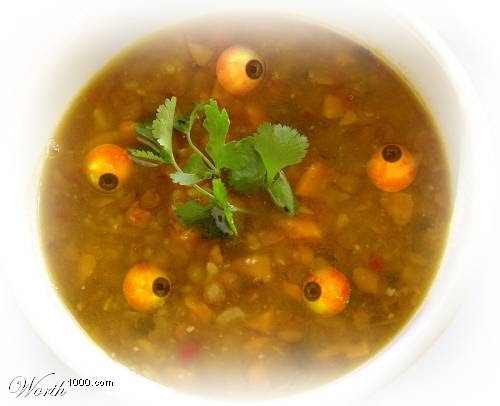

(1976) Retinas of Fishes: an Atlas, Springer-Verlag, Heidelberg Avery, J.A., Bowmaker, J.K., Djamgoz, M.B.A. (1959) ‘The Ocular Structure, Retinomotor and Photo-behavioural Responses of Juvenile Pacific Salmon’, Canadian Journal of Zoology, 37, 965–96Īli, M.A. (1968) ‘The Organization of the Cone Cells in the Retinas of Four Teleosts with Different Feeding Habits’, Arkiv für Zoologie, 22 (11), 445–81Īli, M.A. This process is experimental and the keywords may be updated as the learning algorithm improves.Īhlbert, I.-B.

These keywords were added by machine and not by the authors. The extent to which particular visual properties are important depends on (a) the type of visually mediated behaviour, and (b) the restrictions to visual signalling imposed by the aquatic medium. Comparative properties such as colour contrast or brightness contrast can also be identified.
#NATIVE FISH EYEBALLS PATCH#
brightness, hue, texture, contour, etc.), or degree (such as patch size or pattern grain). Because of the physical nature of light and its complex interactions with the environment, a variety of different properties of visible objects can be recognised, differing either in type (i.e. All but a few (mainly cave-dwelling species) have well-developed eyes, and in those forms that inhabit clear-water environments, the variety of colour patterns and specific movements that they display invites comparison between them and the most visually oriented species among birds and mammals. Despite the generally poor quality of underwater images, fish depend a great deal on vision as a source of sensory information.


 0 kommentar(er)
0 kommentar(er)
